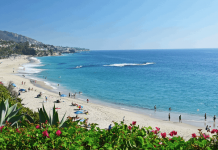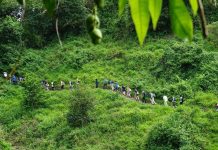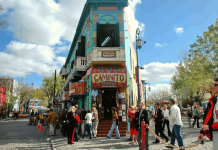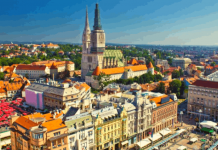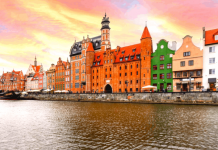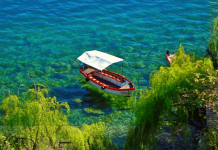Trees are generally abundant in forest areas. Some trees grow only in specific countries or places. A particular site can house hundreds of endemic plants and trees.
Several tree species are low in number and considered rare globally because of their origin, habitat, climate change, or artificial destruction.
Check below some of the rarest trees in the world and where to find them. Learn how trees become rare and the ways people try to conserve and preserve these trees.
- African Baobab
- Bois Dentelle
- Dragon Blood Tree
- Monkey Puzzle
- St. Helena gumwood
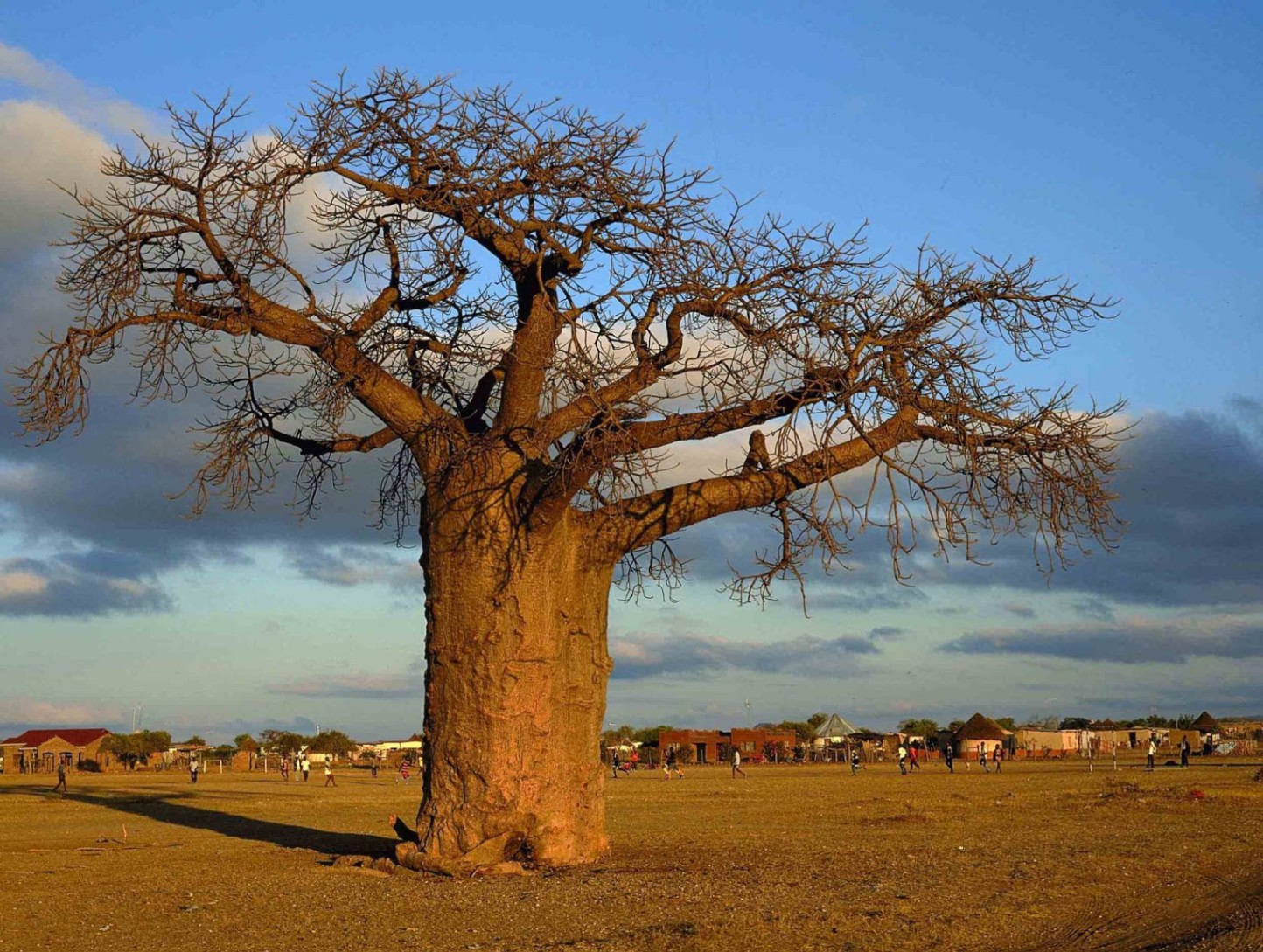
African Baobab
Dubbed as the “Tree of Life” in African folklore stories, the African baobab tree proved to have several uses for humans and animals alike. With its thick tree trunk, it can be used as the primary building material for houses.
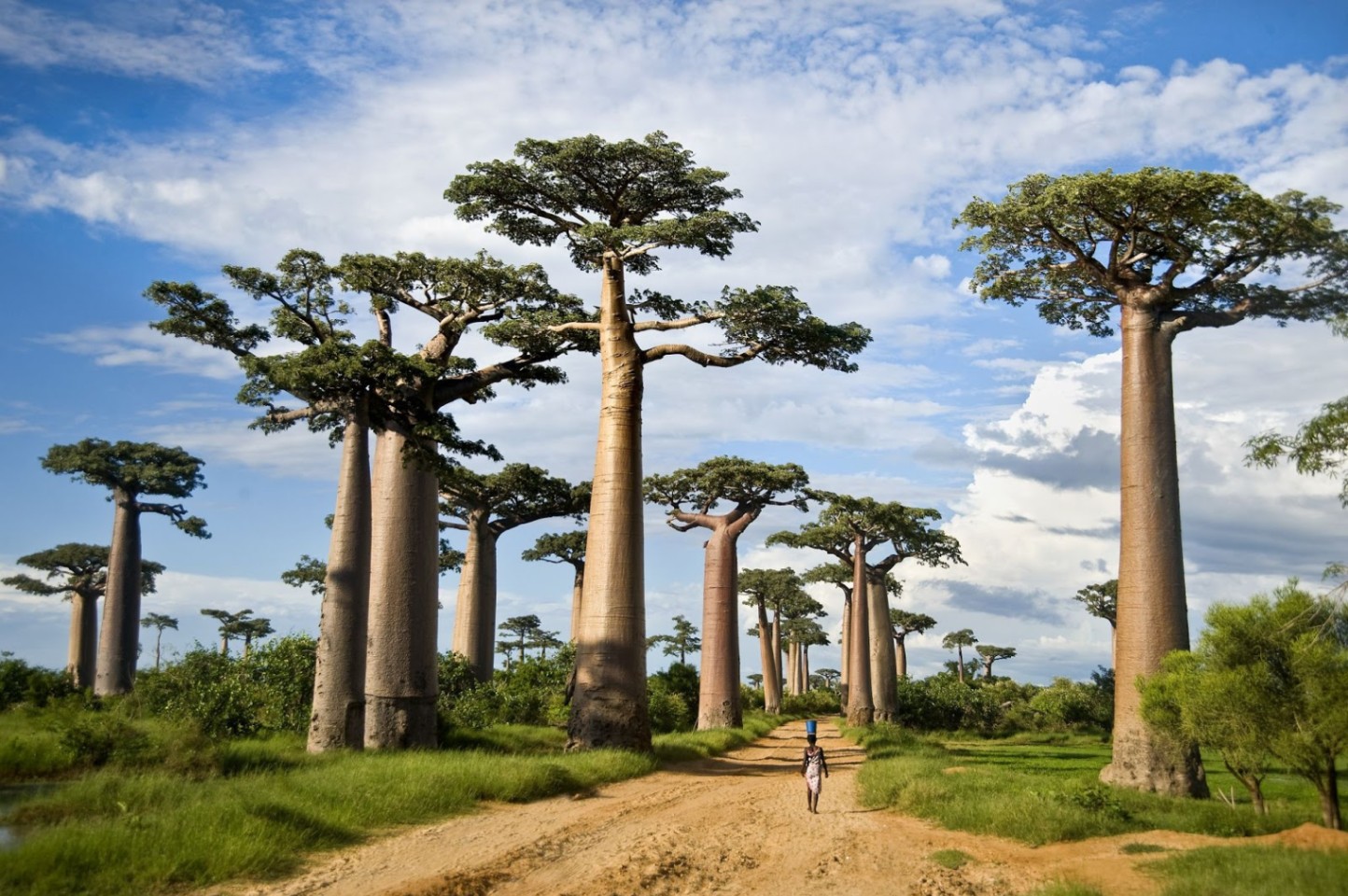
The trunk also contains a massive volume of water wherein animals can drink from the bark, especially during the dry season. But, the tree can remain leave-less during this dry season. The African baobab is a tall tree as it can grow from five meters up to 25 meters.
The African baobab is enormous in girth because its diameter is, on average, between 10 meters and 14 meters. The species of the tree is predominant in the African region hence its name. It typically grows on lower mainlands and savannas.
Several discussions on the tree’s origin mentioned that the plant originated thousands of years ago. Moreover, it is noted that African baobab can live up to 5,000 years. At present, the species is at threat due to climate change.
African Baobab In Africa
Several conservation and protection movements for the species are known to be endemic in the region. In South Africa, the tree is protected.
The African baobab can be seen almost throughout the African region. People visit savanna areas to see the plains of baobabs before their eyes. Note that every dry season, the tree loses its leaves. But, with leaves or without leaves, the African baobab is an incredible sight.
Since the tree is believed to be part of many African folklores, there is an African baobab tree in Zambia called “Kondanamwali.” The name literally means the tree that eats maidens because of the folk story. At present, Kondanamwali is the main attraction at Kafue National Park.
Bois Dentelle
This flowering plant is the rarest tree in the world. Yes, Bois Dentelle or Lace Wood is so close to extinction as there are only two trees left out there. It can be found in the cloud forest of Mauritius.
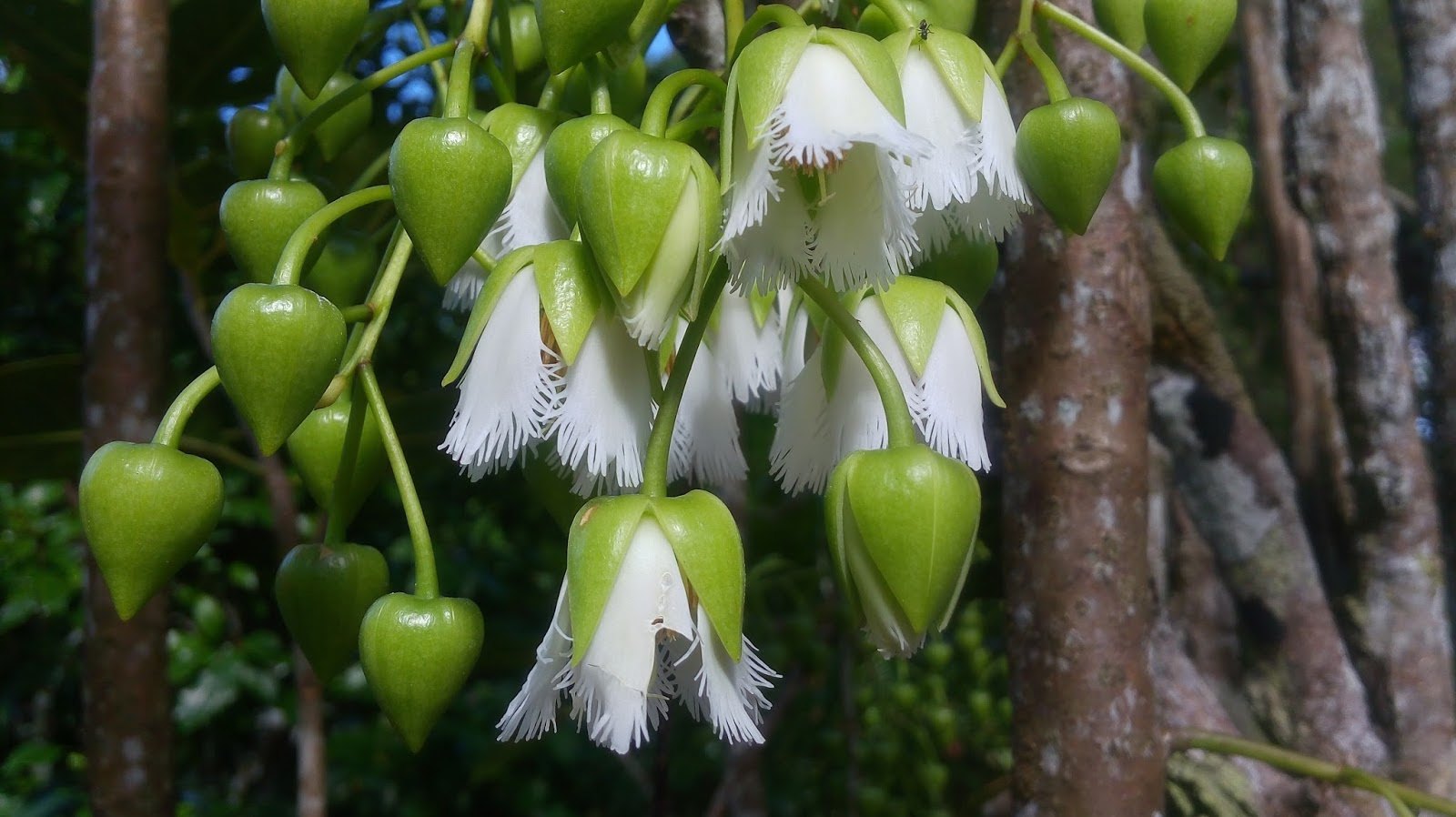
The threat as to why Bois Dentelle is nearing its end is because of it being unpopular in the commercial market. The area is converted and focused on commercially attractive trees such as guavas and many more.
The Bois Dentelle means delicate white flowers, as is apparent in its appearance. It can only grow up to three meters high, making it more attractive to people because they can get close to the flowers as it blooms.
Different government agencies and environmental organizations are working hand in hand to save precious trees from extinction. The Ministry of Agriculture and Mauritian Wildlife Foundation is trying to reproduce the trees to have more offspring.
Bois Dentelle In Mauritius
The two remaining Bois Dentelle trees are in the cloud forest of Mauritius. Scientists and locals discovered the trees on the hill of Piton Grand Bassin. They searched for more areas where they could find the other trees, but they failed.
At present, that area in Mauritius is protected as scientists and environmentalists are working hard to preserve the life of the flowering tree and save it from extinction.
According to reports, the Bois Dentelle fully blooms around July to September. They say that it can be quite an attraction when seen in person. Now, they are doing their best so more people can see the beauty of Bois Dentelle personally.
Dragon Blood Tree
Aside from being rare, the dragon blood tree has an interesting appearance as it may look like a giant mushroom because of its thick trunk and thick umbrella crown of leaves. This unique feature stems from the fractal branching, which gives the tree a majestic look suited for its name.
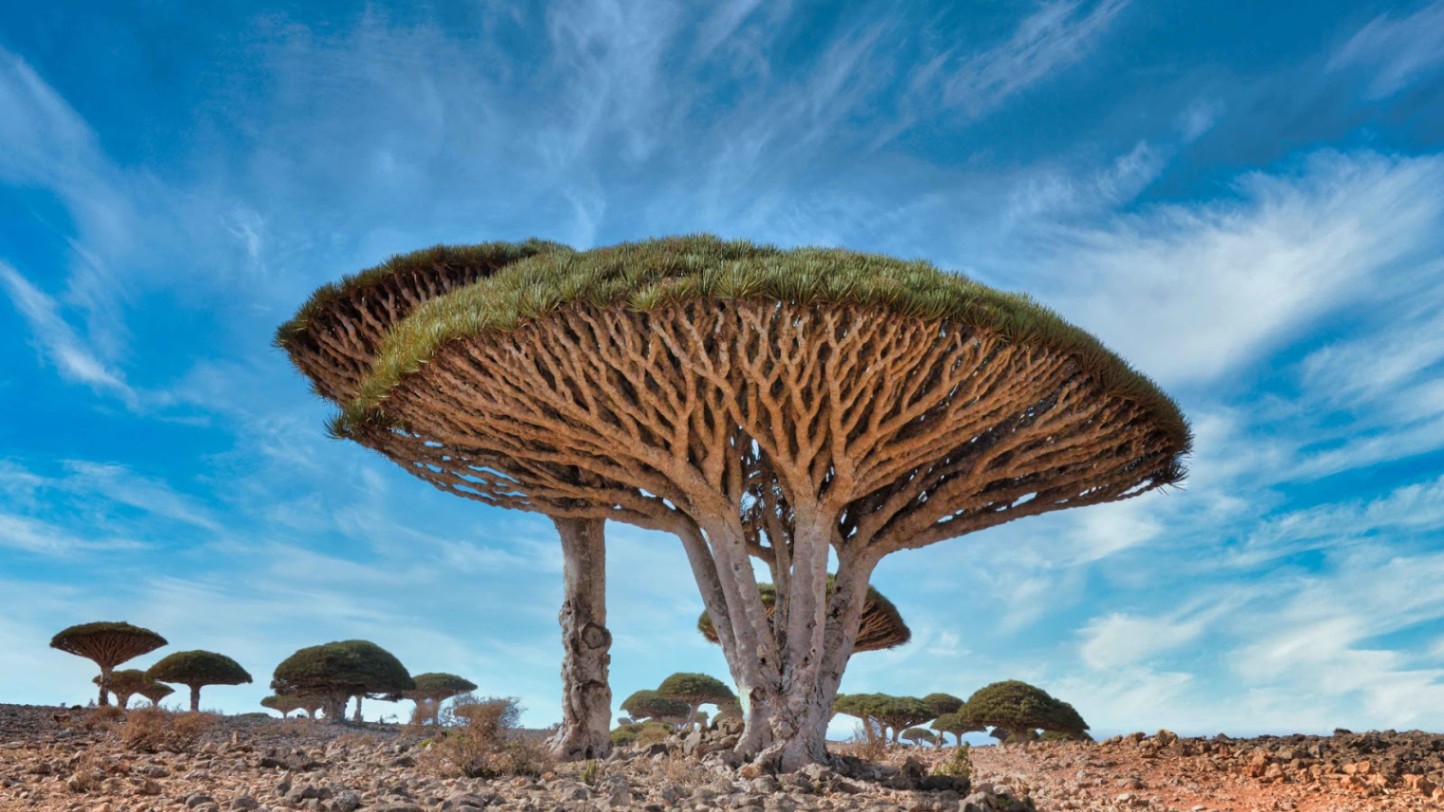
The thick crown serves as umbrellas so that the roots will be kept moist because the soil can’t dry out quickly under the protection of the leaves. Also, the long thin leaves of the dragon blood tree absorb water from the air to transport it to the roots. With these phenomena, the tree can grow up to 32 feet.
The tree’s name came from the resin it produces whenever it has an injured bark or branch. The unusual color of the resin resembles that of a dragon, as people say. Additionally, the dragon blood tree resin is usually used to create incense and some magic rituals.
It is one of the rarest trees in the world because it can only be found along some of the islands in the Indian Ocean called Socotra Archipelago. However, the species is considered vulnerable due to the alarming rate of decrease in numbers due to overgrazing of humans, natural drying of the archipelago, and many more.
Socotra Archipelago
This four-island archipelago in the Indian Ocean is located explicitly along the Arabian Sea and is part of Yemen. Socotra is the home of over 700 endemic flora and fauna species, making it called the “jewel of biodiversity in the Arabian Sea.”
In 2008, UNESCO recognized the archipelago as a natural world heritage site. Many international environmental organizations and the European Union support Socotra to be classified as a major environmental heritage.
Exploring Socotra is best done from October to December as the weather compliments the sceneries of the archipelago. The serene place can be felt more as the islands are barely inhabited, and only a few tourists make the journey.
Monkey Puzzle
Monkey Puzzle is the national tree of Chile. It stands out for its appearance with a long and erect trunk as the tree can grow 30 meters to 40 meters in height and a meter in diameter. The tree has an interesting Christmas Tree-like arrangement of leaves.
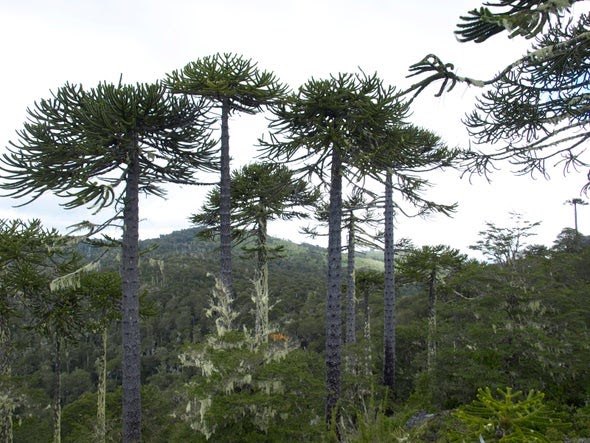
The tree is coniferous, but the leaves’ arrangement can change into an umbrella-like shape when it is fully grown. Interestingly, the leaves live up to 15 years on average. It also produces male and female cones which differ in size, color, and shape.
The tree’s name came from the confusion that everyone, even a monkey, will have when seeing the tree. It is like a puzzle for everyone because of its morphology of trunks, leaves, and branches. Hence, the name of the tree became “Monkey Puzzle.”
It is discovered that the tree is one of the rarest in the world as it is also one of the oldest. Scientists reported that the tree has lived for over 200 million years already. But, the future of the tree is endangered due to the over-exploitation of the Monkey Puzzle.
Monkey Puzzle In The Andes
Monkey Puzzle is endemic in Chile and Argentina, specifically in the mountainous areas of the Andes region. The tree is easy to spot in the area as it stands out due to its height, and unique branches, and leaves.
People can see the Monkey Puzzle in Chile’s central and southern part and the western part of Argentina. Hiking on in the Andes regions will surely give you a view of the pyramid-like young Monkey Puzzle.
The tree likes to grow on well-drained soil, volcanic soil, and slightly acidic soil.
St. Helena Gumwood
St. Helena Gumwood is indeed one of the rarest trees in the world as it can only be found on a small island called St. Helena. It has a crooked and gnarly trunk and an umbrella-like crown of leaves when it is fully grown.
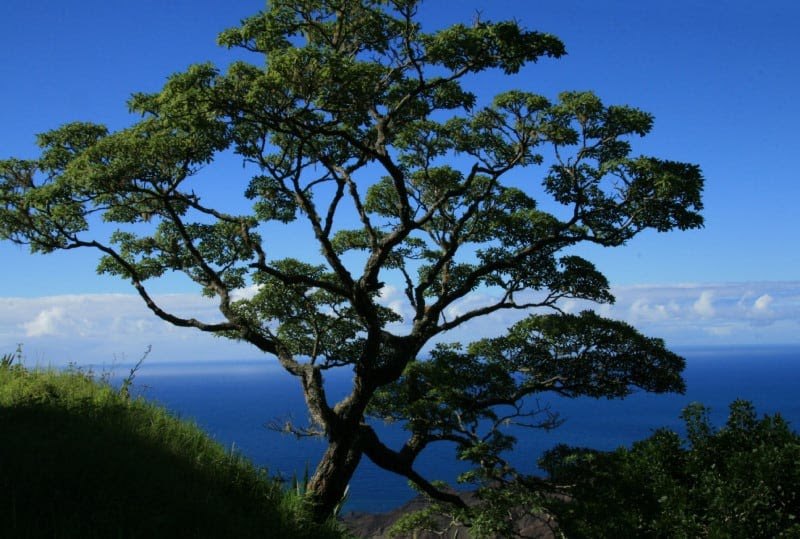
The tree can stand up to eight meters tall with numerous leaves growing on its branches. The appearance of St. Helena Gumwood is somehow stunning, brought upon by the varying colors of its four-inch leaves, such as dark green and grayish-green.
It takes 30 years for St. Helena Gumwood to fully mature as a tree. The name of the tree, of course, comes from the place where it is endemic. There is a place named “Gumwoods” on the island where the trees are typically abundant.
The tree was once abundant on the island, but because of the increasing number of settlers on the island and over-exploitation, St. Helena has now been considered an endangered tree.
St. Helena Gumwood On St. Helena Island
St. Helena Gumwood is known to be only seen on the island of St. Helena, which can be found in the South Atlantic Ocean. The small island, consisting only of 121 square kilometers, is currently in possession by the British government.
The tree is specific with its growing area as there is only a particular region in the island where it can be found. It grows in the elevated part of St. Helena island, which somehow attracts tourists when they visit the island.
Moreover, the St. Helena Gumwood blooms small white flowers during winter and spring, which is quite a stunning scenery. Imagine relatively small trees filled with small white flowers on their umbrella-like top.
Conclusion
Trees are vital parts of the ecosystem in the world, and the abundance of species of trees makes it hard to know them all. Certain species are abundant in several regions, while some are endemic.
But, some trees are rare to be found because of their low number. There are many reasons why these trees became rare – artificial and natural. However, there are efforts to save these trees from possible extinction.



